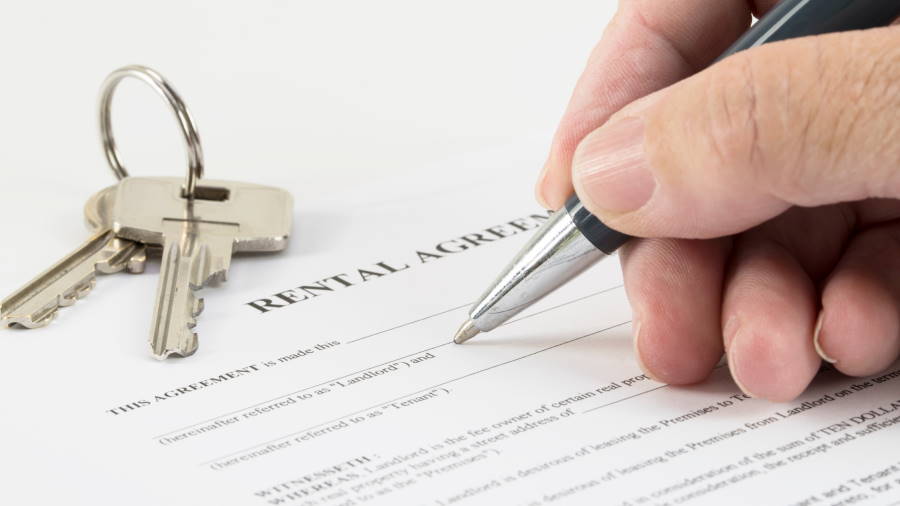Quick Summary:
- Owning multiple rental properties can lead to financial independence
- Turning passive income into positive cashflow requires careful planning
- The investor will need to determine their average cost of living
Number of Rental Properties Needed = Monthly Living Expenses / Cash Flow Per Rental Property
Table of Contents
Rental properties are a great way to make passive income and fund your living expenses or retirement. Rental real estate provides the investor with dependable income over long periods of time. That being said, this method of investing is not right for everyone and it’s important to consider all the fine details before pursuing it. The big draw when it comes to rental property ownership is having a reliable way to pay it off while the home value appreciates. So what’s the catch?
Despite being more stable, investing in a rental home still holds some risks for the investor. If you’re planning to invest in rental properties and have them cover your cost of living, it’s important to know how much you’ll need to sustain your family, the tax rules and advantages, and other key factors that will affect profitability.
The first step to understanding how many rental properties you need to make a living is to spend some time crunching the numbers, and estimating how involved you will need to be to make this venture successful. This is how to know if multiple rental investments are right for you:
The In’s And Out’s Of Passive Income
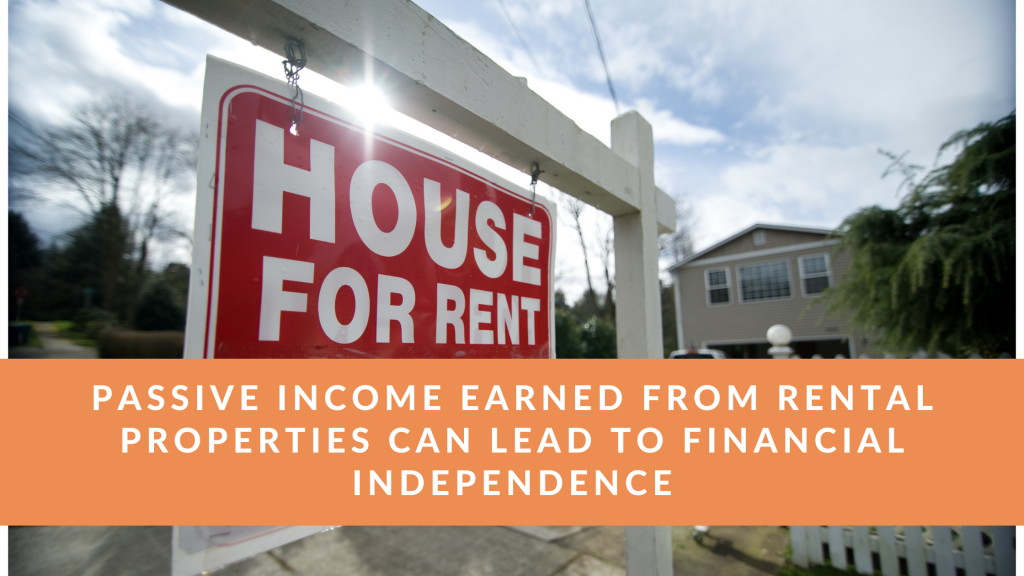
Rental properties earn passive income that can help the investor achieve financial independence if scaled correctly. Many investors stick to owning one rental home outside of their primary residence and never feel the need to do additional real estate investing above and beyond that. The problem with this is that if you want to make it your single avenue of income, a single rental property may not be enough. The goal that investors try to achieve here is to gain passive income that doesn’t actively have to be earned every month – it may require several rental properties to get to this point.
Then, there is a second point that the investor needs to contend with. For a rental property to be successful, it needs to be located in a good neighborhood, appeal to the biggest demographic found there, and be in a ready-to-move-in state. Finding multiple properties that fulfill all of these requirements will be an intensive process. It’s also worth noting that not all the money earned from these rental homes are profits going directly to the investor’s pocket. When it comes to rental property ownership, the investor can only cash in the income they have earned if the rent of the home is able to cover their expenses. Carrying costs, loan repayments and other financial factors can have a huge impact on the investor’s take-home income.
In other words, selecting a property with good profit potential is already hard enough once. Not everyone will be up to going through the process of finding profitable rental properties multiple times and managing them all at once. The idea of passive income is an enticing one but passive does not necessarily mean positive.
Earning Positive Income
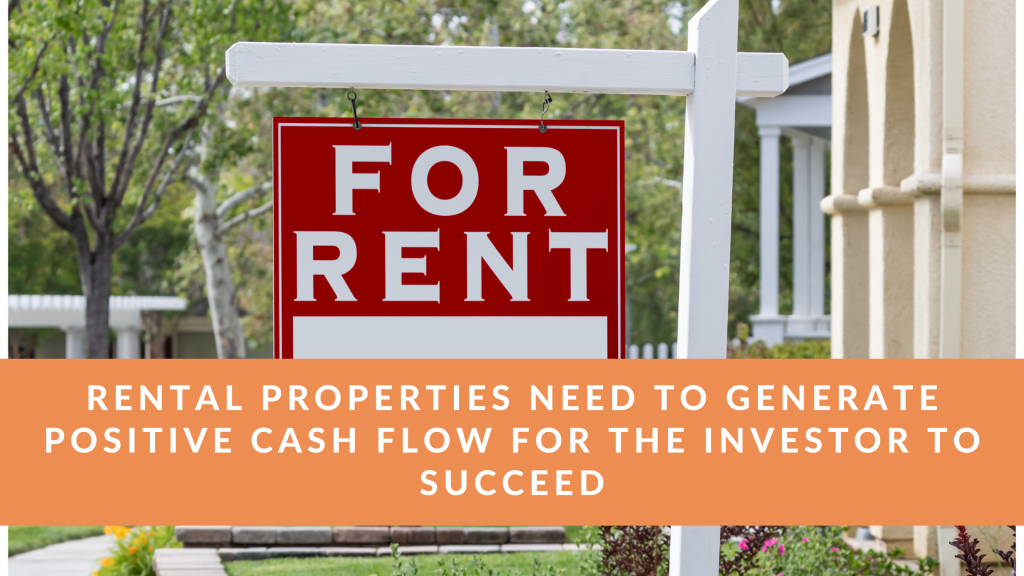
Earning passive income and positive income are two different beasts – you want to be sure your cash flow will be positive as consistently as possible. Positive cash flow means that all monthly debts and expenses can be covered comfortably with enough leftover for the investor to take as profits. To get to this point, the investor needs to carefully consider their personal situation and calculate how much passive income they would need to be able to quit their job and earn money from real estate full-time.
In order to figure out how much positive income you’d need from your rental properties, you should look at how much you earn per month from your job. Is this amount enough to sustain you with extra to save or spend?
If the answer is that the number you earn from your current job is not enough, you need to do some accounting and figure out what amount would work better for you. Remember not to limit your planning to your immediate needs, and think about the future too. Are you planning on starting a family in the next year or two? You’ll need to factor more room into your budget for changes or unexpected expenses that may come up.
How Many Rental Properties Do You Need To Make A Living?
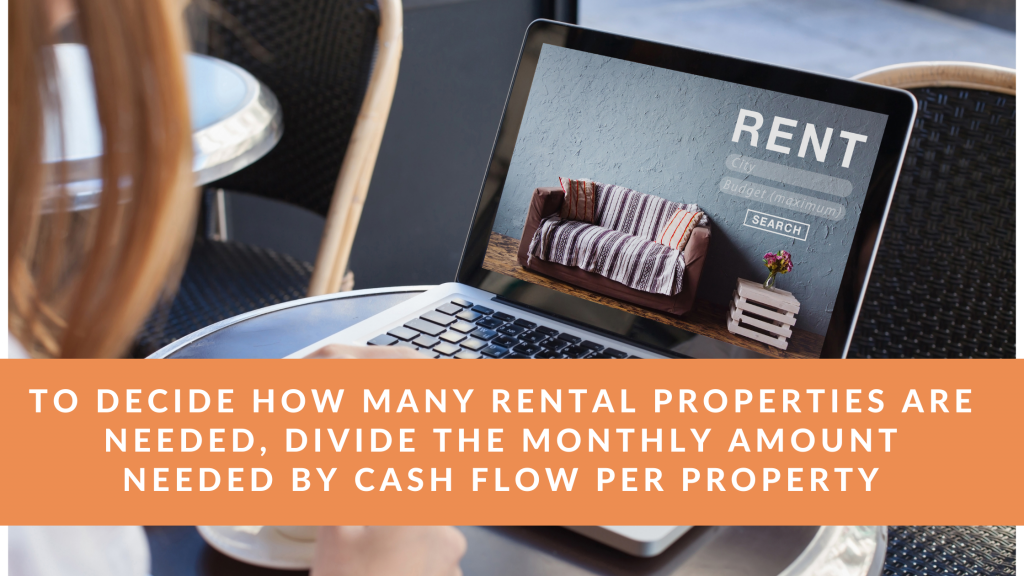
To figure out how many rental properties you need to make a living you need to ask yourself some key questions and make some decisions. To start, you’ll have to have the funds available to cover upfront costs, whether it’s from your own pocket or by working with a lender. Upfront costs will include things like bank initiation fees, attorney fees, and other expenses related to property transfers.
Once you own the property, it’s time to think about which rental price to set it at. Investors can use a variety of factors to decide how much to charge tenants per month – typically, the tenant is asked a percentage of the property’s current value, often between 0.8 and 1.1%. This is not a rule set in stone, however, and setting a rental price can be something of an art. You want to avoid charging under the market value so you can maximize your income, but you also need to be reasonable in order to attract tenants and keep your tenancy rate high.
Now it’s the investor’s task to calculate how many rental properties are necessary for them to support themselves financially. Let’s start with the assumption that you as the investor have no debts to pay and are buying the property outright. You’ll want to select a rental income total that you think is realistic to get out of your investment home as noted above.
From there, you’ll want to put aside 25% for property management expenses. This is particularly important if you are going to own multiple rental homes at the same time. Working with a professional property management company is a good way to outsource things like tenant screenings, rental collections, handling of complaints, and even evictions. The key is to find a property manager that you can trust and see yourself working with over the long-term, which can be done by reading previous reviews. One of the biggest motivations for working with a property manager is their knowledge of real estate and tenant law, an essential part of the puzzle if you are dealing with tenants. Even the most basic of rental agreements will need to have a signed lease, property inspection, and other steps that this manager can handle for you at a cost.
Once you have a clearer idea of the income you need for living expenses per month, you can move on to calculating how many rental homes you need to reach that goal. You can use the calculation monthly amount needed ÷ cash flow per rental property = the number of rental properties you need.
It’s just as important to have a good idea of whether these properties will earn positive cash flow. To calculate your cash flow, you can use the formula Cash flow = Income – Expenses. As long as the property you invest in brings enough income in to cover your monthly expenses and leave additional funds for you to use or save, you will have a positive cash flow from that property.
Acquiring Investment Properties
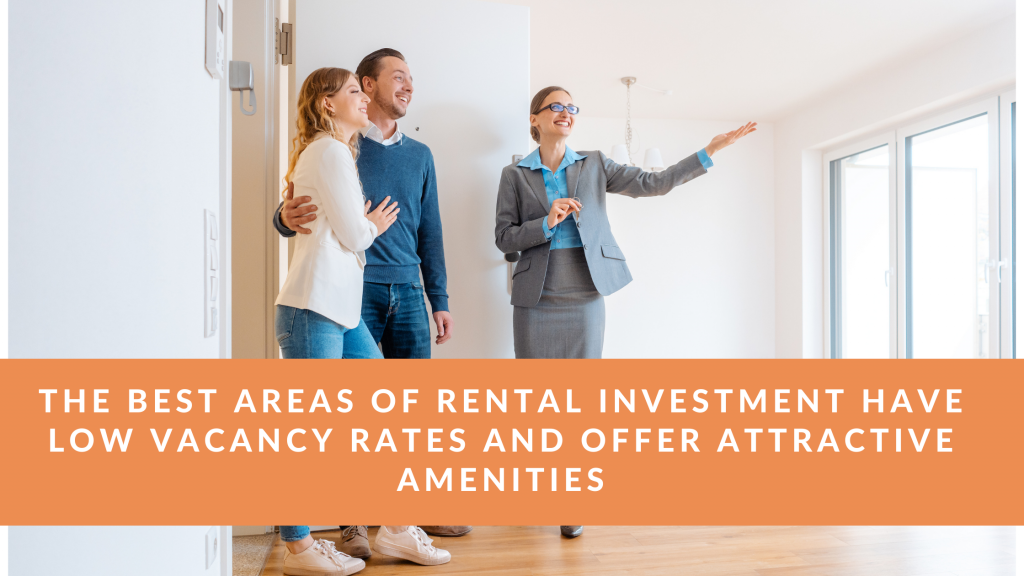
How much you make from your rental investments will be directly dependent on the properties you choose. It’s essential to look for homes that will provide good rental yields and have the potential for growth. At the same time, the property needs to be in a location that is attractive to tenants and has a rental price in the right range. It’s a tough balancing act that doesn’t always consistently work out as planned.
Finding good areas for investment is all about knowing where to look. Do some research on the neighborhoods in your state that have the lowest vacancy rates and evictions, and then add points to their score if they’re close to amenities like schools or work hubs. Alternatively, you can reach out to a real estate agent that can help you close in on some options that are in your budget and have the potential to be filled quickly.
The end goal is to grow your portfolio to the point where you do not need to work to support yourself, and that also means dealing with the issues that will come up. You’ll have to deal with tenant non-payment, vacancy while advertising, and other things that could slow down your plans and eat into your profits. You’ll need to think about ways you can decrease expenses as fast as possible so that you can retain more profit.
Lastly, it will be beneficial to look for growth opportunities that you can leverage into expanding your real estate portfolio. Once you’ve built up enough experience working with residential rentals, you might want to consider getting involved in projects on a bigger scale, like buying full apartment buildings or other commercial projects that will give you higher profits and the opportunity to work with partner investors.
Final Thoughts
Owning a rental property is a good way to earn passive income and become financially independent, and by owning more than one you can secure your future without working a full-time job. Rental homes may generate passive income but that doesn’t mean this type of investment won’t need management and oversight in order to make that passive income positive.
When starting as a rental homeowner, it’s important to consider how much positive cash flow you’ll need to support yourself and your family. You’ll need to determine what your living costs are, making accommodations for potential changes in circumstances, and calculate how much you would need to earn that and cover expenses with rental income alone.
Achieving this level of cash flow is directly related to how sought-after the properties are. The investor will need to carefully vet neighborhoods and properties to ensure that they have growth potential and will be attractive to potential tenants.
Apart from using some of the formulas mentioned in this article, you can also use a Rental and Investment Property calculator to ensure the home you are buying will make a profitable rental.
